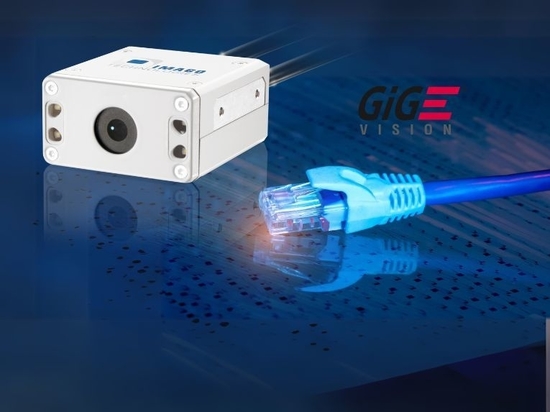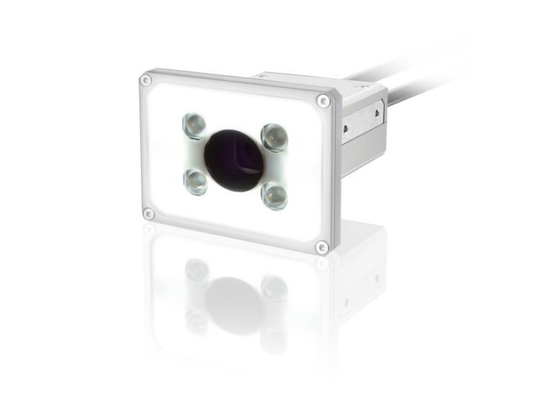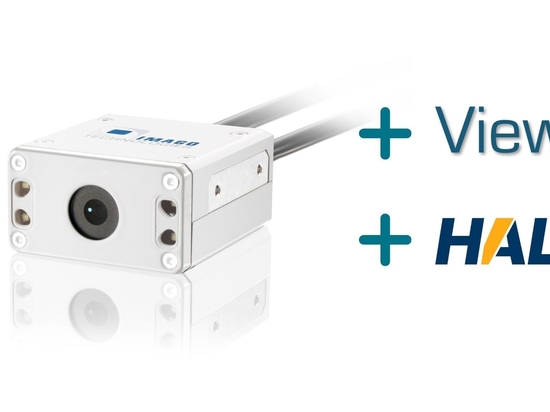
#Industry News
TROUBLESHOOTING IN SLOW MOTION
Condition Monitoring via Industrial DashCam
With the Industrial DashCam, Imago Technologies has developed a new solution for the observation of industrial processes and thus enables effective condition monitoring to optimize processes in a wide range of industrial applications.
DashCams have been accepted as evidence in traffic accidents in Germany since 2018. These cameras are installed in cars on the dashboard and record traffic events continuously in a loop. In the event of an accident, the recording stops after a set time. With a video sequence showing the events from a few seconds before to after the accident, the liability issue can thus be clarified. Unpredictable incidents also occur in the industry, whose origin must be traced without a doubt and as quickly as possible in order to ensure a reliable production process through suitable countermeasures. For example, sudden machine downtimes, malfunctions during the feeding of products or materials, or repeated process errors often cannot be explained in a simple way. In addition, the origin of such malfunctions is often located in naccessible places, which can make it difficult to find the reasons. With the development of the Industrial DashCam (IDC), Imago Technologies is transferring the basic idea of a DashCam in road traffic to industrial use, explains Managing Director Carsten Strampe: "With the IDC, it is possible to generate high-resolution video recordings that can be played back offline and in slow motion after the occurrence of a fault in order to study details, thereby precisely understand the processes and thus eliminate error sources."
RECORDING AT THE PERFECT TIME
It's not uncommon for a system to run for days without a hitch before errors reoccur at any given time. With its data storage and trigger concept, the IDC provides the user with a meaningful video sequence of up to 20sec in length, regardless of the time of the error, without generating unnecessary video recordings. "Just like dashcams in cars, the IDC continuously records and overwrites the memory again and again with new video data," Strampe describes the approach. "If the IDC receives an error signal from a connected sensor or PLC in the plant via the integrated trigger input, it can store a video of the 20sec before or after this signal or also a sequence of 10sec
each before and after the occurrence of the error, depending on the mode set." In this way, the user can set the perfect time for video recording, depending on the application, in order to obtain an optimal basis for fault analysis. In certain cases, the so-called heartbeat mode can also trigger the recording of a meaningful video
sequence. In this case, the PLC of the plant regularly sends a signal to the IDC, indicating the fault-free status. If this signal is missing, the video recording is also provided for analysis before during or after the missing signal. For special applications, the camera offers a further option for recording video sequences. The basis for the optional AutoTrigger mode is the analysis of recorded images via integrated image processing algorithms, which generate an image recording trigger via software as soon as detected changes reach a specified threshold value.
CLEVER VIDEO COMPRESSION
The camera's global shutter CMOS sensor operates at Full HD resolution of 1,920x1,080 pixels and a frame rate of approximately 60 full frames/sec. A 20sec video thus generates an enormous volume of data that cannot be stored within the compact device's dimensions (45×53×25mm). However, since the IDC can be used in inaccessible places in machines, a larger housing was not an option. "We solve this problem with a video encoding coprocessor that allows video compression directly in the small camera," Strampe said. "The compressed videos are then stored internally on a µSD card, can be copied later and then played back via various freeware such as the VLC video player."
RECORDING AT HIGH SPEED
Some industrial plants operate at extremely high speeds where the standard IDC frame rate may not be sufficient to understand and analyze the very fast movements. The Industrial DashCam is also equipped for this, emphasizes Strampe: "You can reduce the video resolution and thus also generate high-speed recordings. At a VGA resolution, for example, frame rates of 180fps can be achieved, enabling optimal adjustment to the respective application." If the resolution is reduced even further,
for example to ¼ VGA resolution, frame rates of up to 370fps are possible, enabling the camera to be used in very fast processes. Other features include
the robust design in protection class IP6X, the screwable M12 connectors that are offset by 50cm to save space, and a 24V power supply. An integrated lens and quad LED illumination as well as the possibility to set parameters via web browser and Ethernet connection also ensure easy use. Strampe is convinced: "The Industrial DashCam is optimal for quick analyses of error causes and tasks such as condition monitoring, documentation or debugging of processes. It reduces the duration and costs of service calls and thus increases the profitability of plants." With Event-Based Vision, a new technology consisting of an intelligent camera sensor and embedded vision system, Imago Technologies also provides another option
for automatically evaluating mechatronic movements.





